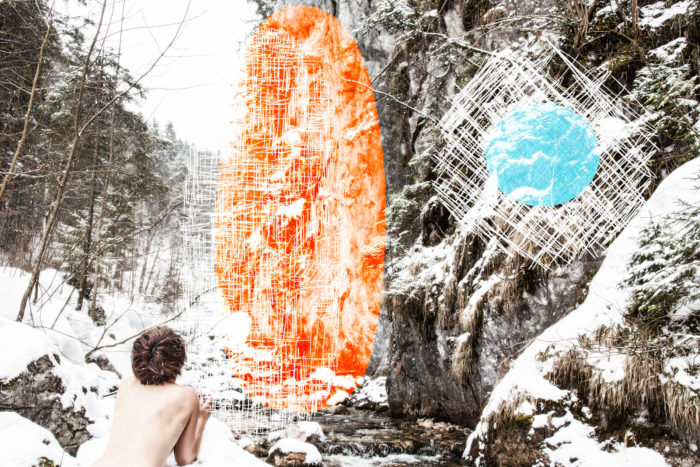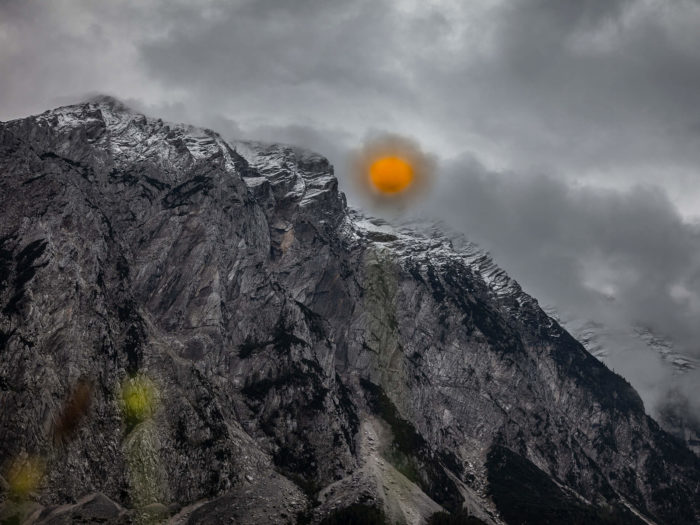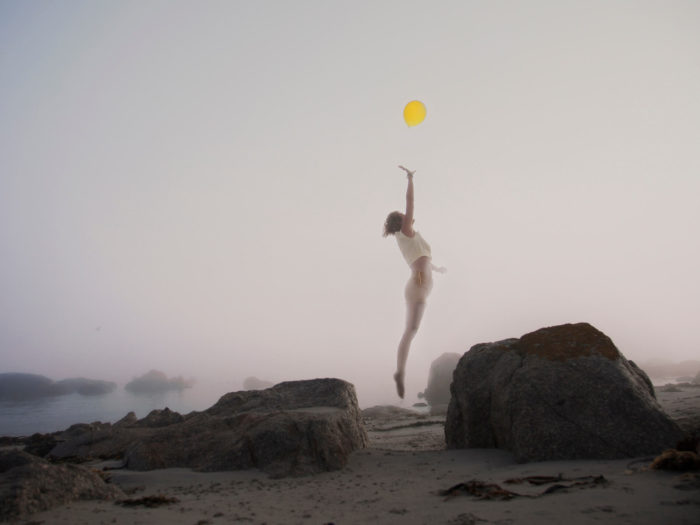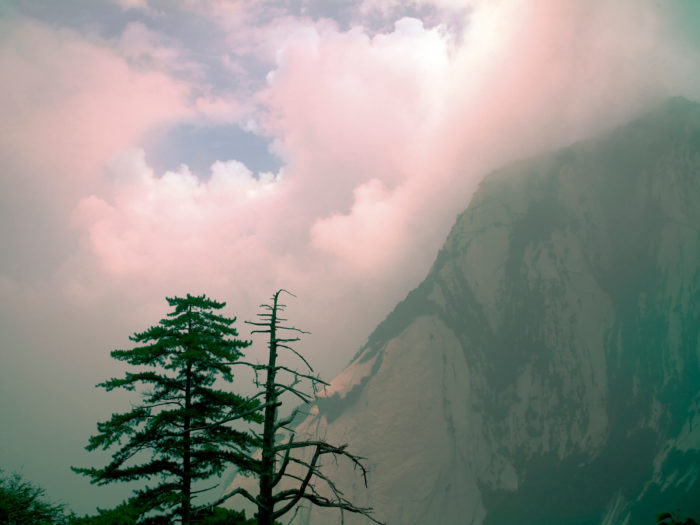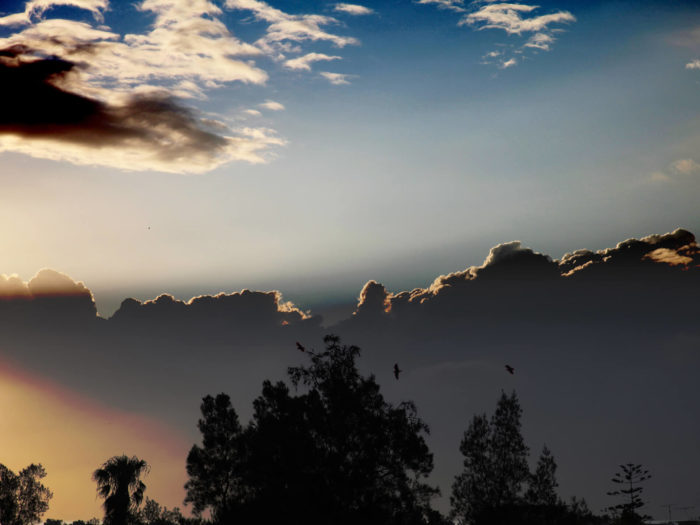Malika Sqalli
“Our homelands are inside of us, and when we return a more truthful experience emerges.” Lemn Sissay.
“I am a visual artist of Moroccan and Austrian origin, with a background in Fitness and holistic lifestyle coach, NLP and skydiving camerawoman.
My predominant tools are photography, poetry, embroideries and lines, the ones I follow around the globe on a latitude 34 in 2010 which was on show at the Cube in Rabat, at Sharq in Los Angeles, at the CDG foundation in Rabat, at Whitespec in Atlanta and at Arab British centre in London.
It can be a line of thought, a vanishing line, a sentence, an inked one between Morocco and New Zealand, or the abstract lines I drew in the sky in free fall.
As humans we like to make sense of things, (and ourselves), link them, map them, relate to them. It’s one of the processes I use in my work along re-articulating personal mythologies, or re-mythologizing reality.
It is often playful and simple, sparking from a feeling, an uncensored mental image, object and run with one thread. It is a little bit like a chemical reaction where elements combined with a catalyst transform into something else.
Writing – mapping – tracing – walking – cycling and flying are also processes that are as important in the work than the visual and textual trace through which I am performing an investigation of the perception of the self and questioning the relationship between the self, the body and the surrounding world. Being physically engaged in my work, this “boditude” or embodiement, an incarnation is important to me.”
“We are made of lines. We are not only referring to lines of writing. Lines of writing conjugate with other lines, life lines, lines of luck or misfortune, lines productive of the variation of the line of writing itself, lines that are between the lines of writing.” Deleuze and Guattari.
“Guiseppe Penone, from the Arte Povera movement spoke of the identity of a place and space – and this will invariably be intertwined with the culture and the people that live have shaped and been shaped by the environment that they call home.
Today with a world so ever mobile, by choice or by circumstance, home is for me this obscure concept that eludes a simple definition or nomenclature and go even further as to encompass emotion.
Coming from a mixed culture background and having lived in various countries from an early age without my family translates in a position neither here or there, or on the fringes, this notion of home as a place or as a tribe and emotion is something that leaves me feeling alien while belonging in many places and none at the same time. I am at home in my nomadicity, on a mountain or on the road more than I am in a house, like a creative pilgrim.
And so I end up looking for the familiar, what reminds me of the far away, what looks similar, what draws a bridge, rather than boundaries.
Our relationship to the landscape, or the city as humans, how that shapes identity intrigues me. Silence, open space, remoteness connects us to a deeper being, or like Paul Kingsworth puts it “A sense of smallness from which comes greatness”.
This leads to the notion of time, its elasticity, and spacial quality. It extends and slows down in places while it speeds up in others. We are rotational beings – as much through our rotation around the sun and around ourselves on the globe, as metaphorically.
Time isn’t as linear as we think thanks to memories and projection. This is for example visible in the abstract work in the sky, frozen moment at 250km/h in free fall that last less than 40 seconds and yet feel a lifetime, in contrast with the 700km cycled in 10 days on a bike to reach an artist residency in Sweden as my way to tame and feel the land I was going to dialogue with for one month.
Needless to say that I see us and the world in a holistic way – we are Rock star and Star dust moved by the moon and other conjectures.”
expositions & événements
Malika Sqalli
Latitude 34
Peepholes
